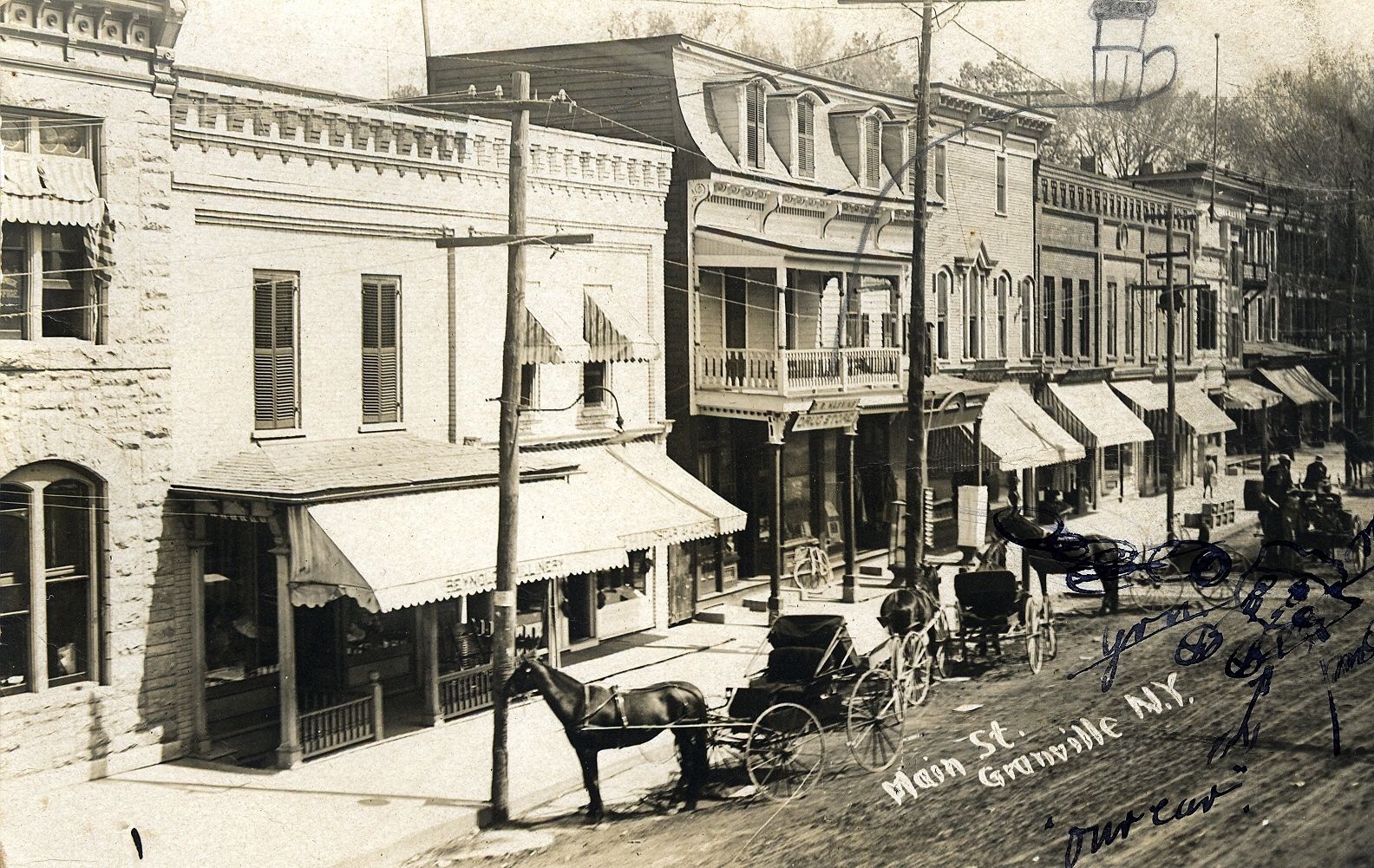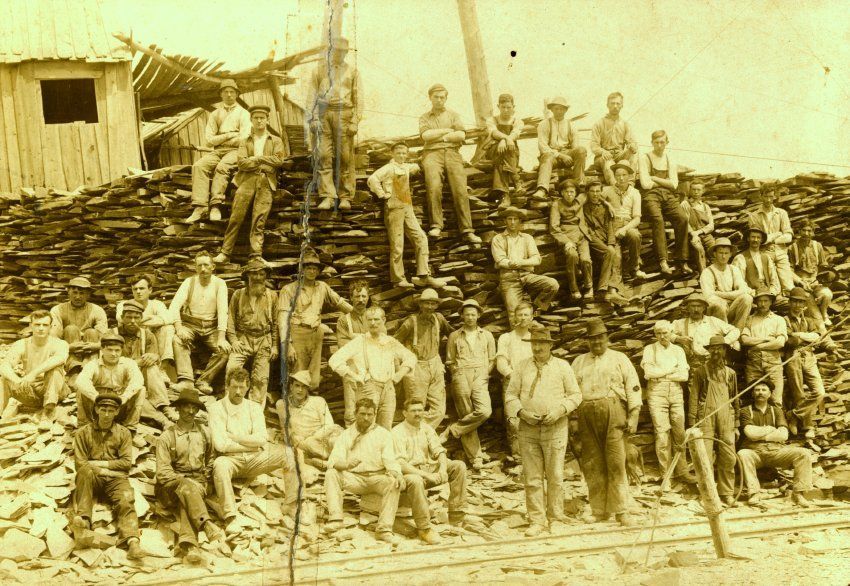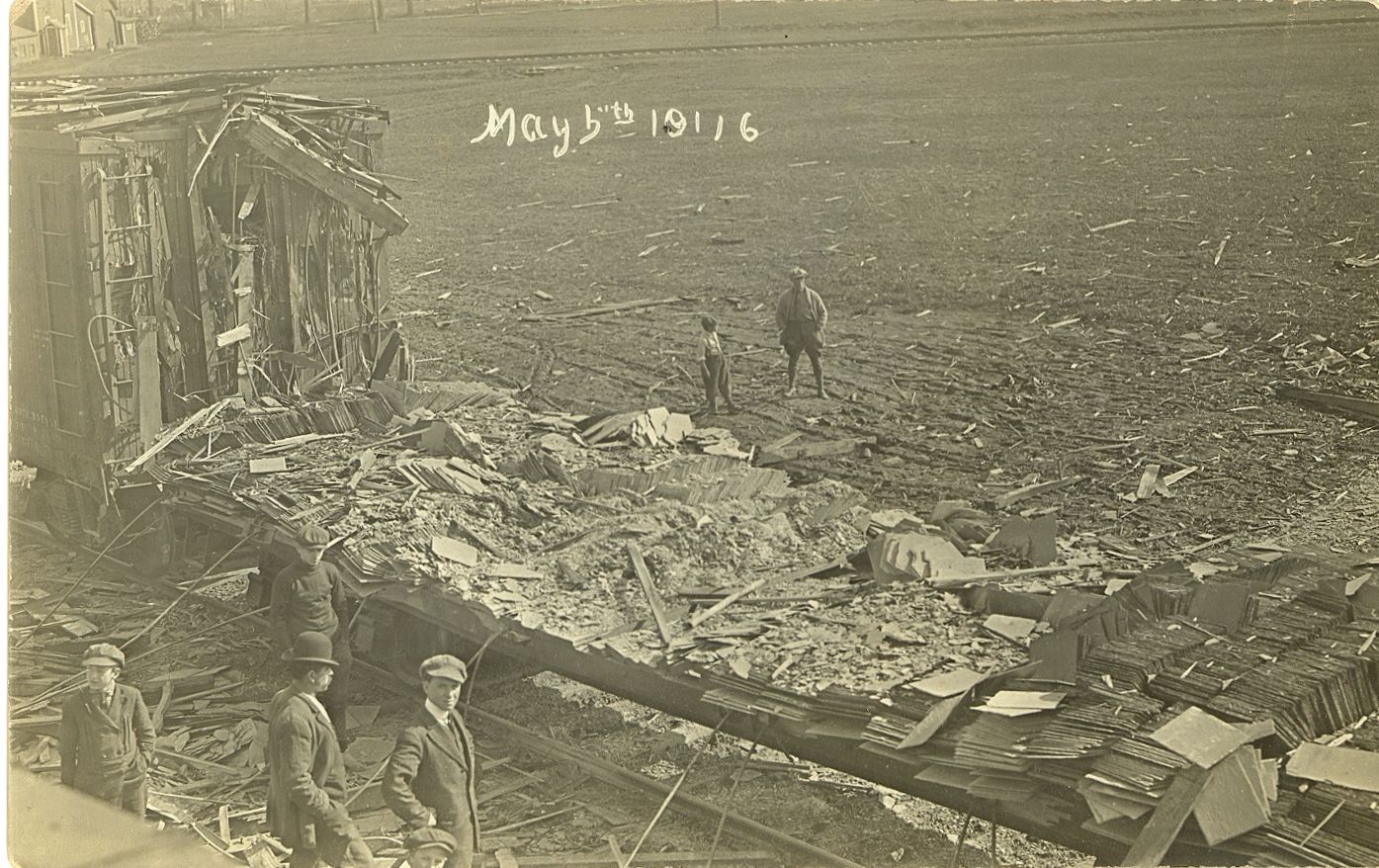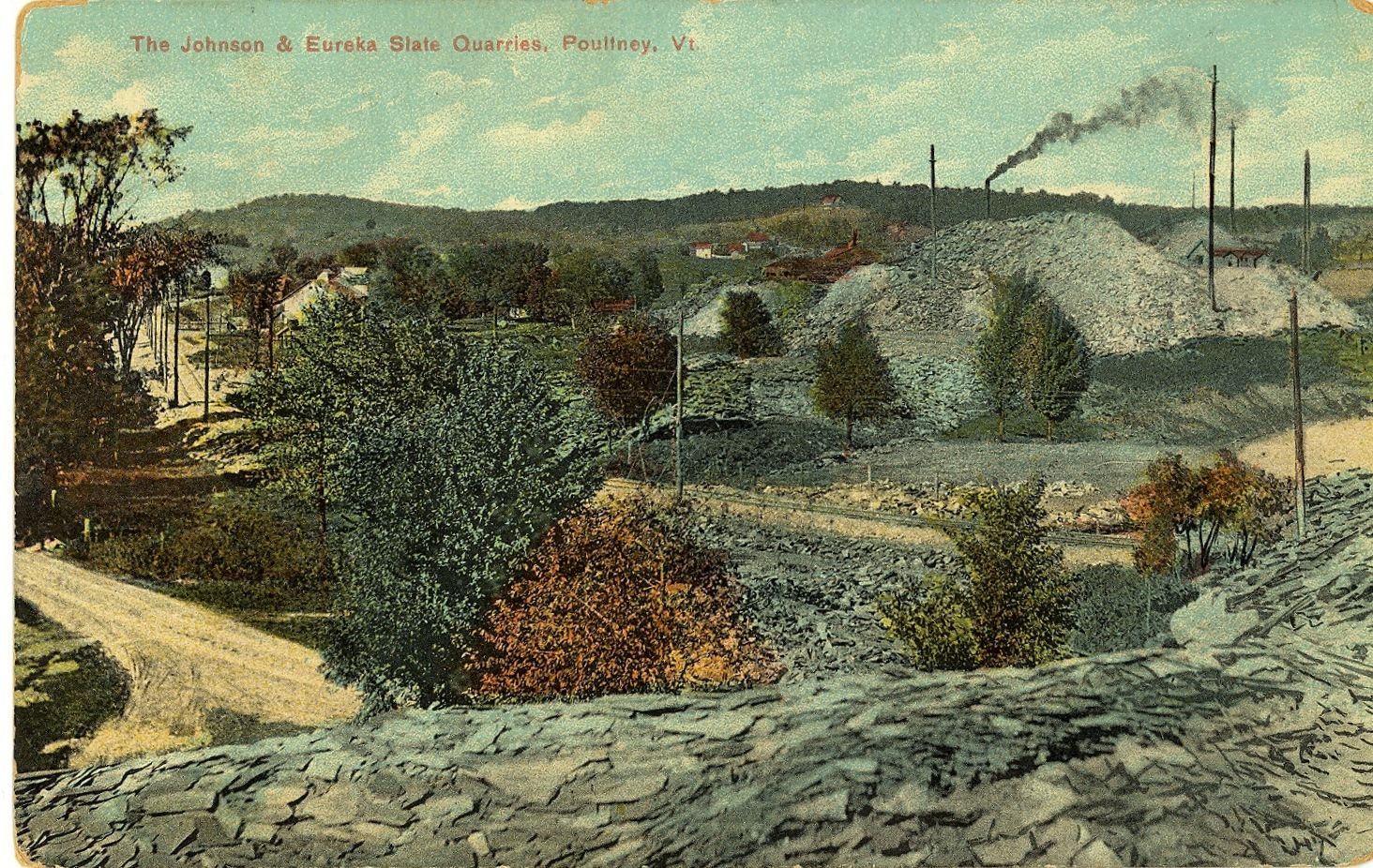Organized Labor
"[The Union] is a weapon to defend ourselves against the avariciousness of those that control the slate trade." - NY & VT Slate Worker's Union, 1874
Organized Labor
The Slate Industry in the Slate Valley has not been characterized by significant or effective union activity. Short-lived unions appeared sporadically, and often as a tool to make specific demands of quarry owners. The volatile nature of the industry, combined with the availability of jobs in other areas of the country resulted in many workers leaving for better opportunities, rather than organizing to demand better wages and conditions.
Knights of Labor (1869 - 1949)
The Noble and Holy Order of the Knights of Labor were a prominent labor organization of the late nineteenth century. Founded as a secret society in 1869, the Knights of Labor sought to form a national union that included workers from all industries. While the Knights would hold on until 1949, they reached peak membership in 1885 with 700,000 members. The Knights came to the slate valley in February 1887, when they opened a chapter in Hydeville, though their popularity in the slate valley would last only a few months. A two-week strike was the result of their presence after owners of the Evergreen quarry and the Billings Slate Company discriminated against members of the organization through firings and constricting employment contracts. Though the strike failed, and the Knights’ would fade from the public eye in the slate valley, this episode is an early example of the organizations and strikes that would come later.
New York & Vermont Slate Workers' Union (1894 - 1895)
The New York and Vermont Slate Workers’ Union was formed in 1894 as a response to pay cuts, reduced medical benefits, and a previous failed strike in the spring. The union claimed their aim was “not to promote strikes, but … simple self-protection.” The union required members to speak either English or Welsh, which proved to be a barrier of entry to the Hungarian immigrants that were moving into the valley. This union would play a pivotal role in the strike of 1894-1895, which ultimately ended as a victory for the striking workers.
Currently Closed. Click here to learn more about our hours.
Research & programs by appointment only
The Slate Valley Museum's programs are made possible by the New York State Council on the Arts with the support of Governor Kathy Hochul and the New York State Legislature.






